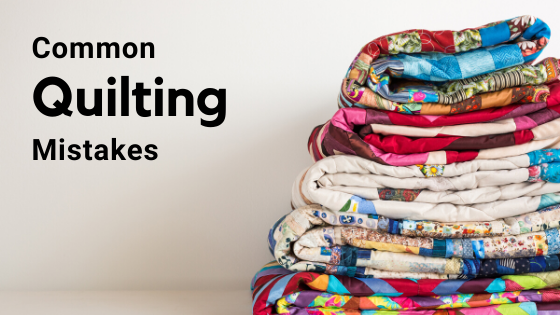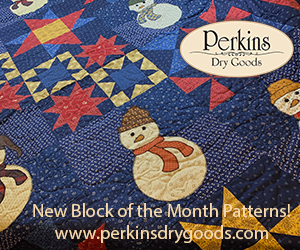
Have you created a quilt pattern and want to share it with the world? Read on to learn how to copyright your pattern.
Special thanks to avid quilter and Tulane University Law School John E. Koerner Endowed Professor of Law, Elizabeth Townsend Gard, for answering the question “If I write an original pattern, do I automatically own the copyright to that pattern?” Tune into her podcast “Just Wanna Quilt” for more from Townsend Gard. Or, if you have other legal questions, email her at townsend@tulane.edu and she may answer it in a future issue of Creative Retailer.
How to protect my pattern
First, when you create something copyright arises automatically. That includes quilt patterns. But of course there’s more to know. Copyright protects the selection, arrangement, and coordination for that pattern. However, that protection alone is weak.
To strengthen your copyright, Townsend Gard suggest two things. First add © name, year after the pattern so the world knows its protected. Second, register your pattern with the U.S. Copyright Office. Registering is not difficult or expensive, and allows enforcement of your copyright.
What if someone infringes my copyright
This depends on a couple of factors:
- Did they infringe on what’s protected or did they use non-protected elements? (We’ll go over this more in next week’s blog).
- Did they have access to your pattern and are the patterns similar? (A court will ask this).
- Did you register your work?
If the infringement is on social media you can file a notice-and-takedown with the platform to begin the review process. You can also file a complaint with the Copyright Claims Board for claims under $15,000 for a cheaper and quicker option than a federal district court.
Stay tuned next week for quilt pattern copyright limitations.
Inspiration for this post comes from “Copyrighting Quilt Patterns,” by Elizabeth Townsend Gard published in the October 2022 issue of Creative Retailer.
If you’re looking for more information to guide you in owning a retail business, subscribe to Creative Quilt Retailer today. Already a subscriber? No worries—join our Facebook group for insights and dialogue from industry specialists like you. And don’t forget, you can always purchase single issues if you prefer that instead.





